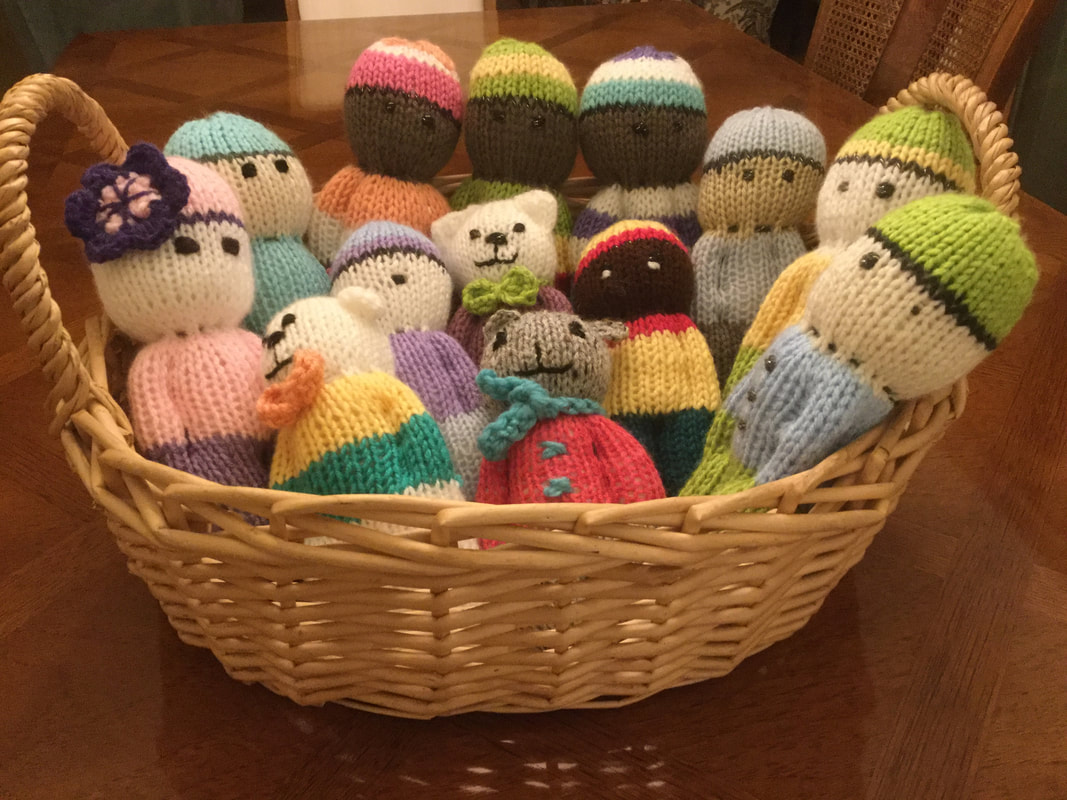 The week before I left for the American Hosta Society Convention in Philadelphia with my husband, Bert, I was scrolling Pinterest and became intriqued with a pattern created from a knitted square that was easily transfromed into a "comfort doll," 7 inches tall. The original site was in French and read: "Faites un bon homme toute-et-un." Although the directions were also in French, it was possible to decipher the pattern and analyze the picture to create my own little man. The shoes, plants, belt, shirt, face, and hat were designated by a specific number of rows of different colored yarns. I started making the dolls with light colored faces, like the ones in the French Pattern. However, as I continued to create dolls, I realized that I needed to make dark daces as most of these dolls were going to Central America, The Caribbean, South America, Africa, or to minority communities in the U.s. Please notę that i have learned to make new dolls with added features. See http://www.lilcreates.com/lillians-blog/knitted-comfort-dolls-a-new-look)  Basically, I cast on 32 stitches to knit a square with 4 rows for the shoes, 14 rows for the pants, 1 row for the belt, 12 rows for the shirt, 10 rows for the face, 1 row of contrast yarn, and 10 rows for the hat. I used a #6 (4.0mm) needle. Then the square was sewn into a closed end tube, stuffed, and closed at the bottom. Simple stitching marked off the arms and legs. Eyes or a face was embroidered. As I continued to do my research, this pattern was repeated by many individuals and groups, paid, and unpaid. Basically, I continued to use this free download and a similar pattern offered by Knitting4Peace. Some patterns call for hair instead of a hat. Originally, I hoped to donate my dollies to local homeless shelters and emergency homes, but this proved difficult as the administrators had enough or did not want toys. Therefore, I decided to find some national or international organization that regularly disperses these dolls to needy children in war torn countries or at disaster sites. The comfort dolls are called different names depending on the area receiving them. Among the most familiar are Jou Jou Dolls, Duduaza dolls (Somalia), and Izzy Dolls (Syria). The original project was developed in memory of a Canadian Soldier, Mark Isfield who noticed the need for dolls for children who had to flee their homes, leaving behind their treasured possessions. National campaigns were set up in Canada, and to date over a million dolls have been distributed. All of the dolls are knitted by volunteers, and distribution costs are covered by donations to nonprofit charities. Before I sent off my own basket of dolls, I wanted to be sure that the organizations were still viable as many of the postings dated from 2015 and 2016. That was when I found Knitting4Peace, an organization with a newsletter, Global Yarns, that shares current stories of distributions and experiences. Donors contribute their knitting though Peace Pod groups or through individual contributions. There is even a group on Ravelry. Knitting4Peace started with knitted shawls for women, but has since expanded to hats, mittens, washcloths, mats, and the dolls they call Peace Pals. Patterns are provided for knitted and crocheted dolls. They use a configuration similar to the one I had discovered on Pinterest. The organization distributes goods from local "Community Pearls" as well as from its collection site in Colorado. Sometimes individuals who travel to designated sites take the dolls to the matching organizations or to homes in such places as Haiti, Guatemala, Honduras, Bolivia or to various countries in Africa. My local Peace Pod is an hour from my home, but I was very excited to note that there was a summer program in Chautauqua, New York. The founder of the group is handing over the group to a new executive director. Ironically, my husband and I had received an invitation to join my son's mother-in-law at her summer home in Chautauqua this July. I plan to bring a few of my dolls, but I will send the rest to the general collection site. Anyway, the future of the group looks bright,and I am looking forward to be part of their mission. This non-profit organization dis dedicated to "crafting hope, healing, and peace one stitch at a time tough nonviolent compassionate action." Members are "committed to the well-being of women and children in our own communities and those living in global areas of conflict." The Peace Pals are the most frequently requested items. The organization requests that the dolls have light brown to dark brown faces. I am currently working on more of my brown dollies. Patterns are free, and the dolls are not sold. They are given freely to boys and girls of all ages, who need a doll to hug and give comfort. The organization makes every attempt not to compete with local craftspeople who are trying to make a living off their craft. For more information go directly to their website: https://www.knitting4peace.org/ Finished Peace Dolls can be sent to the collection site: Knitting4Peace 3600 Leyden Street Denver, C) 80207 I am very excited by this new endeavor. Although I really enjoy knitting and crocheting for gifts and sale, it is always a pleasure for me to give back to the world. I already participate in a group Called Threads of Love that makes shawls and baby blankets for cancer patients. Many of the individuals who have received those gifts have communicated with our group and expressed their appreciation for the warm expressions of healing and hope that our knitted and crocheted pieces have given them. I know that we will not get a direct response from the individual boys and girls who receive our dolls. However, when I watch my own granddaughter with the dolls that I have made for her, I know that I want other children to have a "baby" to hug. As I get more information and feedback, I will be happy to share the news with my readers.
22 Comments
 Each Spring and Summer, I glory in the richness and splendor of my husbands garden. It is hard to imagine that there could be so many shades of green from the deepest blue-green, to to rich pine colored solids, yellow and chartreuse , and muted shades that boast an irredescent sheen. Words can not begin to describe the splendor, nor can photos or yarn capture the shades and hues. Last week, I guided my knitting friends through the garden path as I created a striped, hooded sweater in rich lime that is meant for my granddaughter's fall wardrobe. (http://www.lilcreates.com/lillians-blog/graden-inspriations-for-knitting-a-toddler-striped-hooded-cardigan ) Today I am inspired by a different muse. These plants are the muted houkeras.The greens are sage-like with sight brown and tawny colors as the threads vary and change. This garden is my husbands work of art. The canvas is 2+ acres of wooded land that he has converted to a Hosta paradise. In addition to the 1000+ different varieties of Hostas, he has supplemented with grasses, Japanese Maples, Heukeras, Epemedia, and a variety of Flowering Perennials. As I explained in my last post, my husband, Bert, is mostly recovered from a broken leg that he suffered in January when he was doing maintenance work on the yard with a friend As soon as he was off the crutches he began the arduous preparations for this years display with spreading yards and yards of compost and mulch, followed by spraying to keep away the deer and unwanted insects. This is my own personal park, and each time I walk along the paths, I take photos in the hope that I can replicate the interesting colors and patterns. For spring and summer I wanted a lacy cover that would drape over a top or dress. Bert's newest garden enclave featured 3 heukera with delicately hued leaves. I chose the last plant for my inspiration because I remembered 3 skeins of Unforgettable (Red Heart) varied sage light green with subtle overtones of tan in places. Unforgettable is a classified as a #4 (Worsted weight) yarn, but it seems to be lighter in places. When I used the J (6.00 mm) hook I was sure to get that lacy effect. I searched my pattern collection until I found the right lacy shawl. Kaleidoscope is a downloadable pattern from Red Heart (#LM5992) When finished the shawl measures 64 inches wide by 32 inches deep at the center point. As I used the J 6.00mm hook instead of the H 4.0hood noted in the pattern, and my wingspan (width) was 72 inches. The pattern began with several rows of cluster stitches. Next was a 5 row band of open mesh. This pattern repeated itself 3 more times. I only had enough yarn for 2 of the 5 final rows of mesh before adding a foundation row of single crochet before crocheting a border row. I made another change here. The pattern called for single crochet and picot stitch sequence. I found the directions confusing, and did not like the result. Painstakenly, I frogged about a foot of Unforgettable yarn. This is one drawback of this lovely fiber, The threads seem to stick together, making it very difficult to separate and undo. When I was done, I settled on the border shown in the photos below. Starting with a coupe of single crochets, I make one HDC, one DC, and one TC, all in the same stitch. I single crocheted in the next 3stitches and repeated the pattern around Next week, Bert and I will be attending the 2018 national convention for the American Hosta Association. My lacy green shawl will be just the perfect cover for the air-conditioned halls at this meeting of Hosta Enthusiasts from all over the country.
 Today, as I walked along the garden trails that my husband had laid out, I held my breath and marveled at the beauty, the lushness, the shapes, composition, and vibrant colors. I knew that at this moment, a fantastic canvas spread before me, and the garden was at its peak. It was time again to take inspiration from its majesty and creativity. Last season I dedicated two articles to this paradise and featured knitted and crocheted pieces that took their colors or shapes from the hostas, epimediums, and other companion plants.(http://www.lilcreates.com/lillians-blog/knitting-and--crocheting-a-view-from-the-garden) (http://www.lilcreates.com/lillians-blog/crocheting-and-knitting-with-green-magic) This year I focused on the the colors of the grasses, the heuchera, and the flowering bushes. The striped hooded cardigan for my granddaughter was one result. I have a crocheted shawl as well, but that will be the subject for another article
Since my granddaughter does not particularly like to wear hats in the winter, my son-in-law really appreciated a hooded cardigan I had crocheted for his daughter during this past winter. When I found the printed pamphlet from the Plymouth Yarn Company, Jean nee Worsted 1922 at my local independent yarn shop, The Yarn Barn, I knew that it was the perfect vehicle for the luscious lime and snow worsted from my yarn stash bins. This was a premier yarn (#4) from the Twist house line from Joanne stores. Since it was last year's yarn, I knew I had to knit or crochet with it because there was no more yarn in that exact color in the store. Also, I had to get started before I would not have enough yarn to finish a garment that would fit her. The pattern called for a contrasting rib of a third color, but I wanted to use a beautiful set of flowered pink buttons that would look perfect on the lime green background. My granddaughter is a petite 17 months old now in June., and the 2 year size would probably take her though most of the winter. We dressed her in the sweater for some photos for this article, and as you can see, it is plenty roomy. Instructions for a child 1 to 8 years are included in the pattern. The cardigan is made in the traditional way with separate back, fronts, set-in sleeves. The hood stitches were picked up from the collar. I had pay attention to my rows as I switched colors every 8 rows to create the broad stripes. Everything went smoothly until I had to make the final ribbing that stretched from the bottom of the right front up to the hood, across the hood, and down the final left side. I counted the stitches I needed to pick up carefully and followed the instructions that called for an inch and a half ribbing to match the sleeves and sweater bottom. However, when all was done and blocked with ends woven in, the ribbing extended too far and was rather waffly. I had done such a careful job of sewing in the ends, and it was impossible to find them to take out the ribbing. Therefore, I had to cut out the ribbing, start all over, and pray that I still had enough yarn for the rib band. The ribbing on the fronts lay flat, but I had to cut down on the ribbing on the hood. By pinching and squeezing the hood rib, I estimated that I had to eliminate about 18 stitches. Also, I knitted only 2 rib rows (instead of 4) before making the button holes. In all I had 5 rows + the pick up line instead of the 9 in the orginal rib. Now, the ribbing lay flat and neatly circled my granddaughter's face. Frogging and making the change was worth the effort. When you knit or crochet from a pattern, you need to keep a watchful eye. Designers have the best intentions and test their work, but sometimes the directions may not work exactly for you. Before sewing in all of you ends, make sure that you have made the correct decisions and that you can easily undo your mistakes. Also, do not be afraid to make that alternation that in your best judgement will result in a better fitting garment.
As spring turns to summer, I look forward to sitting on the deck to continue my handiwork. I have taken so many pictures. Although the natural world inspires me, it is hard to replicate the exact colors and textures. I am excited at the possibilities, the combinations, the patterns. I am never bored if I have yarn, needles, or hooks in my hands.  I love crocheting, knitting, and blogging, but for the past several weeks family life has taken a hold on my time. Joyfully, we attended my son Jeff's wedding in midMay. You all saw the tulle dress I made for his new stepdaughter. She was so happy and proud. This past weekend we were delighted to present a Connecticut reception for family and friends who could not be accommodated in the intimate NYC celebration. The shopping , organizing, cleaning, and food preparation were monumental tasks, but they were so worth the effort. Our 60 guests had a great time. KC, Jeff's bride, got to feel special all over again as she mingled and met the special people in Jeff's and our lives. Once we had cleaned up and recuperated from our awesome celebration, I could go back to crocheting, knitting, and lilcreates.com. I began working on two projects, a knitted hooded striped cardigan for my granddaughter and and a crocheted blanket with holes for my Threads of Love Group. The sweater will be the subject of another article. The blanket allowed me to experiment with color and was fun to work on The yarn for the blanket came from a couple of skeins that a friend of my daughter's who thought I might have a use them. The mustardy green and teal were an unlikely combination, but I thought I would give them a try. Since the yarn would not be sufficient for a baby blanket I purchased a multicolored yarn that included some teal. As with many of my other "blankets with holes" there is not a real pattern, I just changed colors as I went along. I wanted to reach a 33" x 33" square, but as I continued to add rows, I worried that I would not have enough yarn. I started with a ten row square of the mustardy color, followed by 3 rows of teal, 3 rows of mustard, 3 rows of multicolor, 3 rows of mustard, and 3 rows of teal. At this point there was only enough yarn to crochet 1 row of mustard, 2 rows of multicolored, and 2 rows of teal. I was still short of my 33' diameter, but I thought I had enough teal to single crochet 1 row around. I was playing yarn chicken, but I finished with several yards to spare. I also had just enough to single crochet 1 row of multicolored yarn. I liked the contrast and was pleased with the project. The bold colors make for a gender neutral blanket. I will let the ladies in my group decide.
|
Archives
November 2022
Categories
|















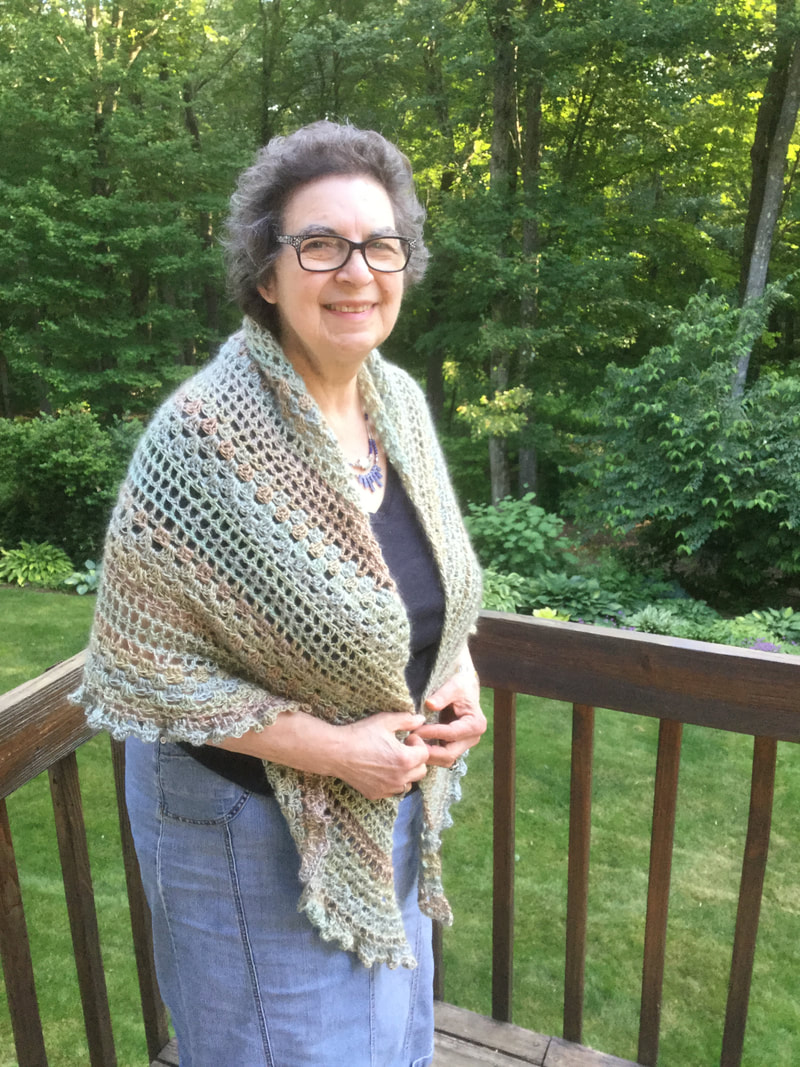
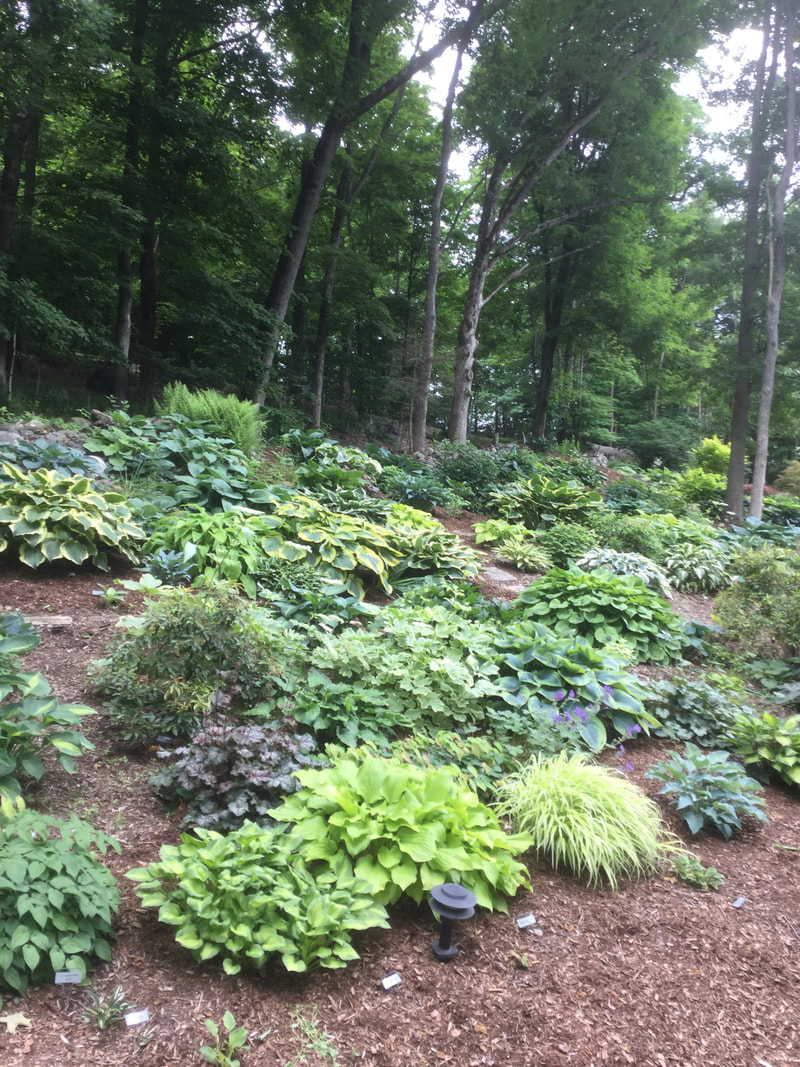







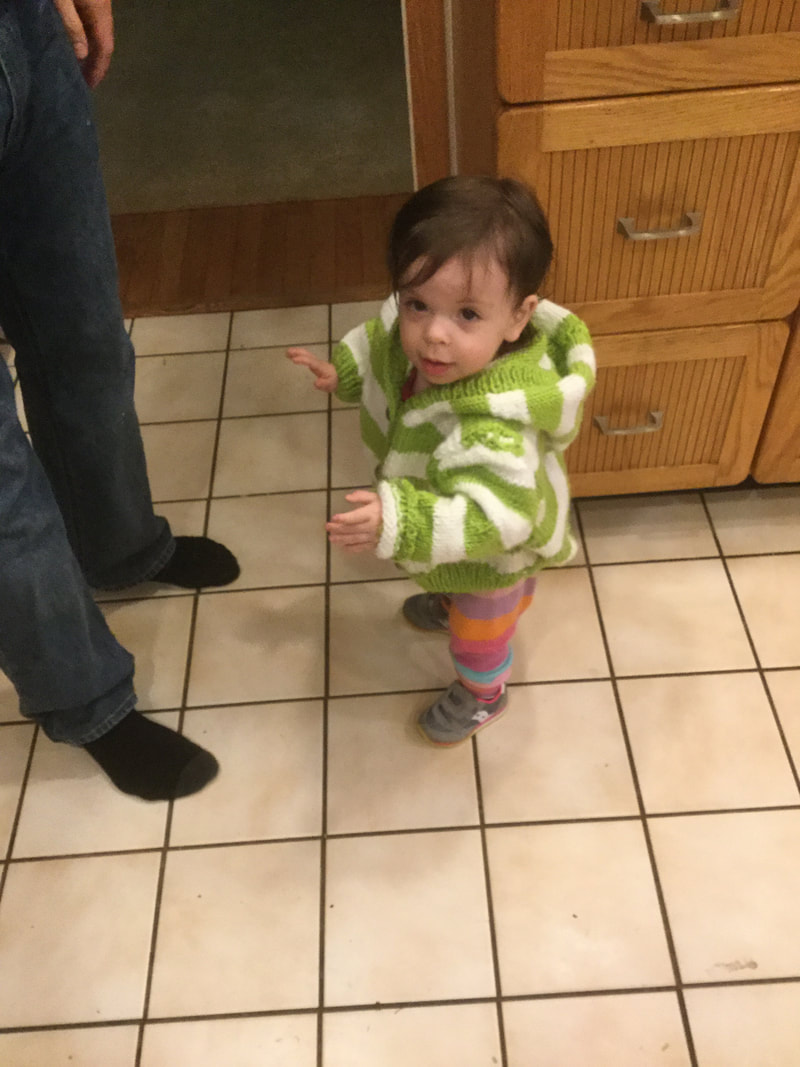
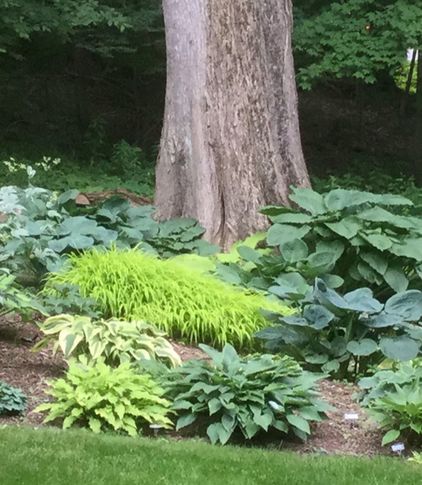

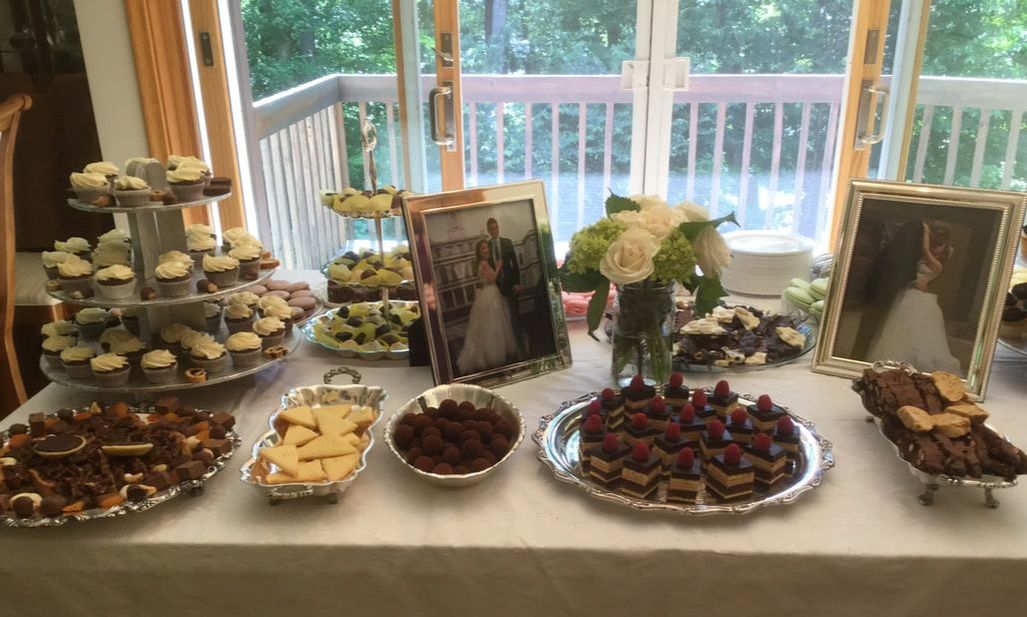

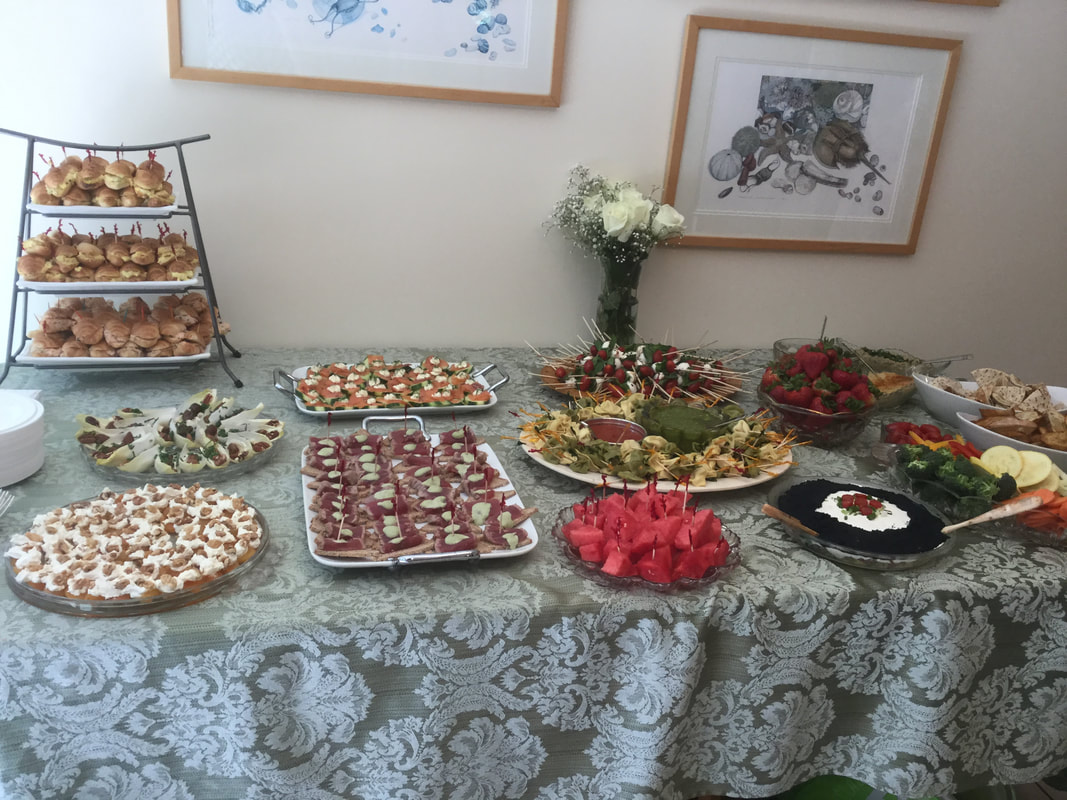

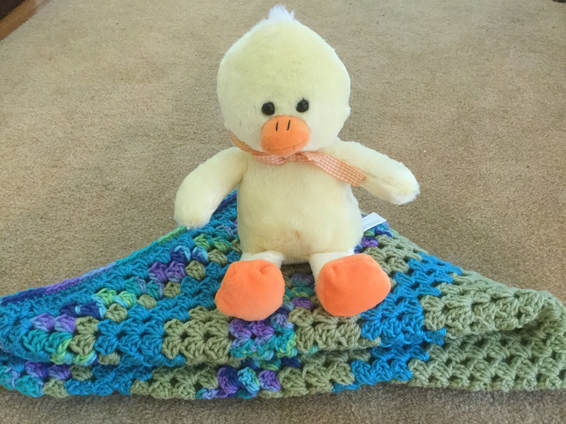

 RSS Feed
RSS Feed